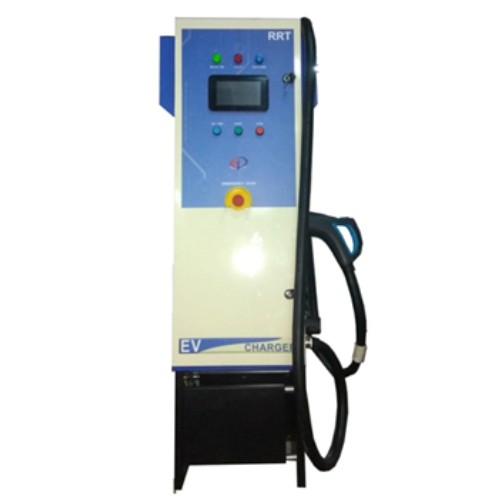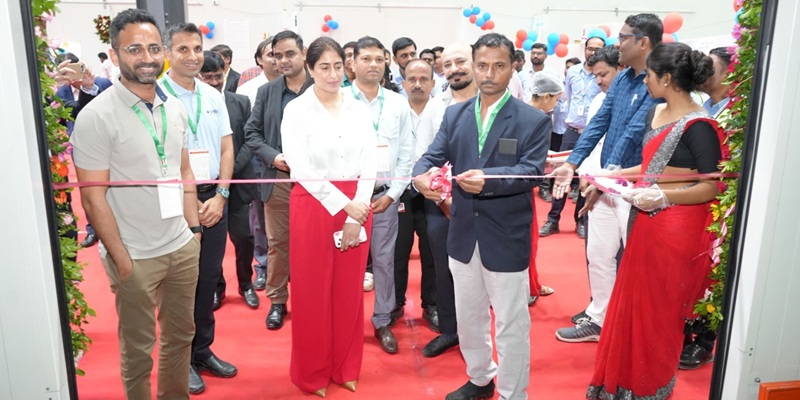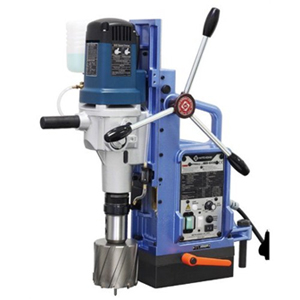Schedule a Call Back
China’s Rare Earth Elements Curb Jolts Indian Auto Sector into Action
 Articles
Articles- Jun 27,25

However, this robust growth trajectory now faces a roadblock due to the shortage of REE, critical elements used to make high-performance magnets used in EV motors and battery management systems. China’s recent export restrictions on REEs have disrupted global supply chains, delaying shipments and creating uncertainty for Indian automakers.
CareEdge Ratings believes that the Indian government’s proactive engagement, combined with industry adaptability, is expected to ensure continuity in the long term. However, a prolonged shortage could significantly derail production schedules across the automotive value chain. The impact would not be limited to OEMs but would also ripple through the auto component ecosystem, particularly those manufacturing electric motors, battery management systems, catalytic converters, infotainment systems, power steering units, brake-by-wire systems, and advanced safety sensors. This underscores the urgent need for a resilient and diversified supply chain, supported by domestic capability building and global partnerships.
Addressing today’s crisis, building tomorrow’s capacity
Shipments of critical REE-based components from China have slowed significantly due to newly imposed export licensing requirements. Under the revised framework, Chinese exporters must disclose detailed end-user information, which is subject to verification by Chinese authorities before any shipment is approved. This verification process has led to considerable delays.
As of June 2025, none of the export license applications submitted by Indian firms for REEs have been approved by China, despite sustained diplomatic efforts. With inventories depleting, major OEMs warn of potential production disruptions starting July 2025. The situation highlights India’s heavy reliance on Chinese REEs and the absence of domestic processing capacity. Rising input costs and supply uncertainty could slow EV adoption and expose the auto sector to broader geopolitical risks.
In response, Indian stakeholders actively advocate for diplomatic engagement with China to expedite pending approvals, streamline licensing procedures and ensure the uninterrupted flow of critical components. The government is considering commercialising magnet manufacturing technologies currently held by select public sector entities as an immediate contingency measure. Simultaneously, efforts are underway to formalise alternative supply chains for REEs, with potential sourcing from countries such as Vietnam, Australia and the US. However, these alternative sources lack the processing capacity to meet global demand soon.
"India’s rare earth element crisis is not merely a supply chain disruption but a strategic wake-up call. The bottleneck created by China’s export licensing regime has exposed the fragility of India’s EV ambitions, with inventories depleting and approvals stalled. This crisis underscores the perils of over-dependence on a single geopolitical actor for critical inputs. The path to resilience lies in building a full-spectrum domestic REE ecosystem. Strategic reserves, public-private R&D, and global partnerships must converge into a coherent national strategy," said Madhusudhan Goswami, Assistant Director, CareEdge Ratings.
To build long-term resilience, India must accelerate the development of a domestic REE supply chain. This includes exploring REE-rich regions, incentivising private sector participation in mining and processing, investing in R&D for alternative technologies, and forging global partnerships. India’s import dependency on China for rare earth permanent magnet remained as high as 90% during FY24 & FY25. This extreme dependence highlights the urgent need for strategic investment in refining infrastructure to achieve technological self-reliance.
Article Courtesy: CareEdge Ratings
Related Stories

Can India Match Vietnam’s Maritime Success Without Financial Reform?
While India has announced major initiatives to boost its maritime sector, many challenges continue to stall growth and innovation in shipbuilding. This article explores Vietnam’s financing model a..
Read more
Will solar manufacturing glow in India as renewable energy demand surges?
While India has successfully increased domestic solar module production, import of solar cells remains high. As India plans to add 60-65 GW of solar capacity, will it be a sunshine moment for solar ..
Read more
China’s Rare Earth Elements Curb Jolts Indian Auto Sector into Action
While Rare Earth Elements (REE) based components are utilised in traditional ICE vehicles, the production of EVs is fundamentally reliant on them—without REEs, manufacturing an EV is virtually imp..
Read moreRelated Products
Tata Motors unveils facilities for development of Hydrogen propulsion tech
Tata Motors, India?s largest automobile company, unveiled two state-of-the-art & new-age R&D facilities for meeting its mission of offering sustainable mobility solutions. The unveilings constitute of Read more
Tata Motors plans petrol powertrain for Harrier and Safari SUVs
Tata Motors is in the process of developing a new petrol powertrain for its premium sports utility vehicles, the Harrier and Safari, as confirmed by a senior company official. Currently, these models Read more

Electric Vehicle Charger
RRT Electro is engaged in manufacturing of customized Power Electronic Products over two decades having capability to Design, Develop, Prototyping, Regulatory Compliance testing & Certification, Manuf Read more


















